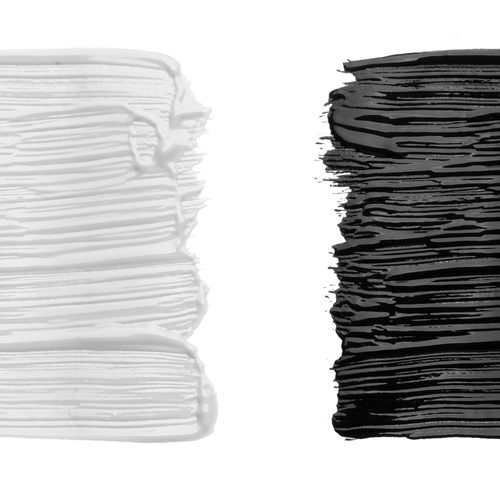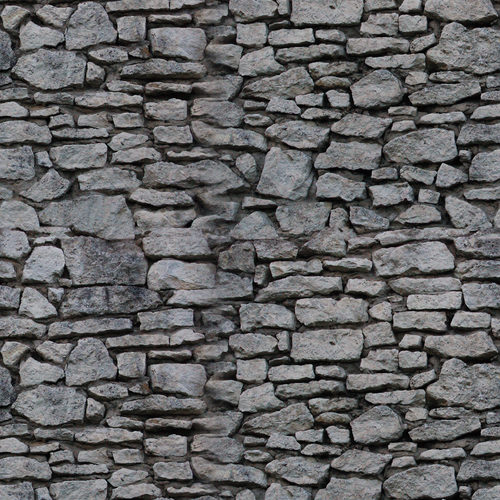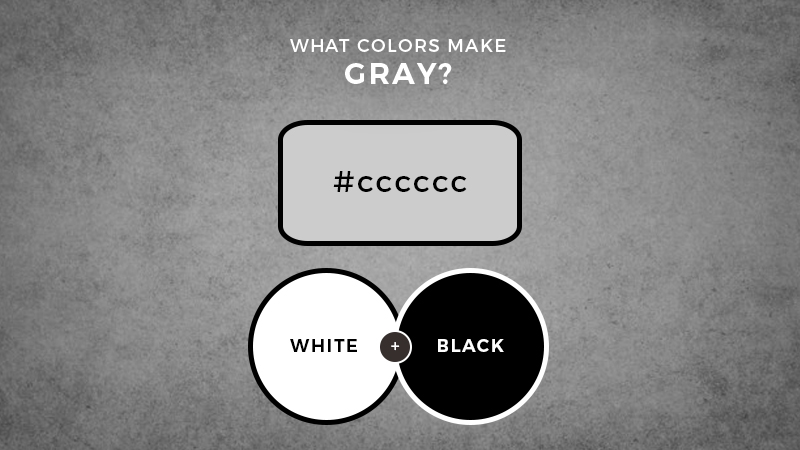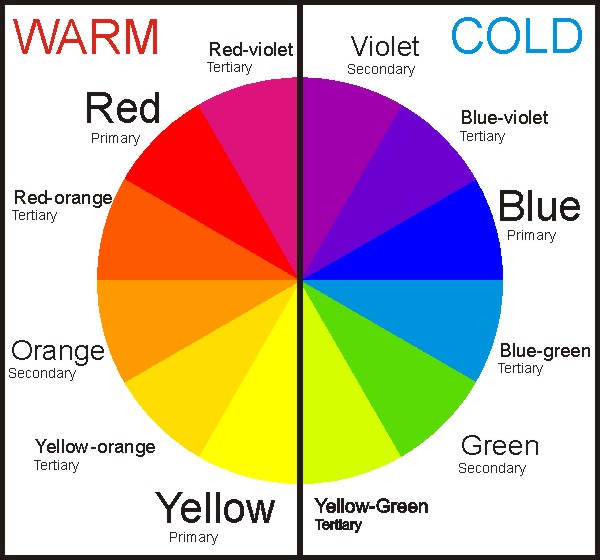What Colors Make Gray? What Two Colors Make Gray
In this article, we’re going to explore the idea of what colors make gray. We’ll also answer the question, “What two colors make gray?”
For most people, when they imagine the color gray, they have images of a dark and brooding sky, a black and white photograph, or hairs that signify getting older.
However, just because gray is associated with those things doesn’t mean that the color is not without some vibrancy and excitement.
Colors are what you make of them, so it’s imperative that you understand as much as you can about each one so that you can utilize them better in your designs.
Gray is a common color that start with the letter “G”.
Today we’re going to look at what two colors make gray, as well as dive deep into this oft-neglected hue.
Whether you’re looking to add gray to your artwork or you want to make some designs that come with a bit of gravitas, this color can be quite helpful.
So, before we begin, shed your preconceptions of the world of gray and approach it with a more open mind.
When utilized effectively, gray can become a masterful centerpiece of any project.
Color Theory: Gray
When studying the theory and elements of color, you usually focus on the shades that are most eye-catching. Red, blue, violet, and yellow are all excellent examples of colors that can add bold and fresh imagery to your piece.
However, gray should not be ignored. In fact, given how elemental it is, it’s vital to remember the effect that it can have on other colors.
Matching gray with something light and vibrant (like yellow) can instantly change the dynamic, which shows how powerful it can be as a color.
In the world of color theory, gray is considered a master’s hue. That’s because it has such a narrow range of shades that it’s difficult to make it work in a lot of cases.
Those who ignore gray are not getting the most out of their color wheel, and they are missing out on a ton of potential.
As such, we approach this shade with a level of reverence that is reserved for only the most fragile colors.
Everyone studies red and green and blue, but gray requires a much lighter, more refined palate and expertise.
Neutral Colors
For most of the color theory, you learn about analogous and complementary colors and how they interact with each other.
Hues on one end of the color wheel are warm (yellow, orange, and red), while those on the opposite side are cool (green, blue, and purple).
Gray, on the other hand, falls into the neutral category. These are known as achromatic colors, and they range from unsaturated to true neutral.
Browns, tans, and pastels usually fall into this category, but black, white, and gray are the most dominant.
What’s interesting about gray (and other neutral hues) is that they will take on different qualities when paired with a brighter and more vibrant color.
For example, red next to gray will make it seem more greenish, while blue next to gray will make it appear slightly purple.
This is another reason that gray requires a mastery of color theory since it can be adjusted and affected so quickly.
If you aren’t in touch with the various ways that gray can be manipulated (or how it can manipulate other hues), you won’t be able to reach its full potential.
Black and White: Colors or Additives?
In some design circles, they don’t consider black and white to be true “colors.” Since they are more elemental (adding and subtracting saturation and brightness), they are not paired with other hues.
For our purposes, however, we do think of black and white as colors.
As long as they can exist on their own and be utilized without anything else, you should consider them to be just as valid as any other shade.
However, that being said, it’s also essential to recognize the value that black and white have on other hues.
Black will make them seem less saturated and force them to retreat from the frame, while white affects all colors equally and helps them leap from the surface.
Since black and white can be added in varying concentrations to make additional shades, they are much more versatile and reliable than any other color.
For example, mixing red with blue makes purple, but mixing red with white produces pink, which is a form of red.
The best way to think about black and white as colors are that they can create negative space on their own, but they also enhance any color to which they are added.
Thus, just like gray, they require absolute mastery of color theory to utilize them to their full potential.
Gray in Design
Now that we understand a bit more about gray and how it operates with other colors, how can we implement it in our designs?
What does this color signify and how can we harness its effects to make an even greater impact on our audience?
Let’s look at the various ways that gray can be employed and see if we can’t determine the best time to include it in your piece.
What Does Gray Mean?
Overall, this color has a feeling of authority and seriousness. Not only that, but because it is a neutral color, it also avoids making a statement that is too hot or cold.
Gray is sophisticated, but it doesn’t call too much attention to itself.
So, with that in mind, we can say that gray is classic and refined. Any projects that utilize gray can be seen as timeless, and they can provide a more authoritative emotion without becoming too overwhelming.
Depending on the darkness of the gray, it can either feel more calming and relaxed or more heavy and morose.
Gray that is reaching more towards black feels more weighted, which gives it a stronger connotation.
For example, if you want to create a design that seems permanent or timeless, you want to use a deeper shade.
Much like concrete or stone blocks, dark gray can emanate an image of strength and determination that will last a lifetime.
Gray in Nature
We touched upon a few examples above, but it’s important enough to take a second look. When do you see the color gray occur naturally, what items or images are tied to it?
For the most part, they are all either ominous or classical. Stone gray means that you are putting down roots that will stay put for years.
Silver gray can either create the image of wealth and beauty, or it can remind us of old age and how it affects our bodies.
Either way, it connotes wisdom and success.
When coming up with designs that utilize gray, think about how you see it in the world and try to capture that feeling.
As with all colors, gray can make us feel things subconsciously, so it’s essential that you understand what emotions you are stirring up when you use it.
What Two Colors Make Gray
Alright, now that we have laid the foundation for the color gray, let’s answer the question “What two colors make gray?”
When thinking about how to make gray paint, you might immediately reach for the colors black and white.
However, there are three different ways to create gray from scratch, and each method ensures a slightly different appearance, which can significantly affect how it will appear in the final product.
- Neutral Gray: this is achieved by mixing equal parts black and white. You can add more of one shade to make it darker or lighter, but it will remain gray. This is the most common two-color combination to make gray.
- Complementary Gray: if you mix two complementary colors (i.e. blue and yellow) in equal amounts, you’ll get a form of gray that is richer and deeper. Usually, it will retain some of the qualities of the colors you use, so you can add some extra vibrancy to your piece.
- Primary Gray: yellow, blue, and red are the primary colors, from which all other colors are derived. So, mixing them in equal parts will yield another form of gray, which can again be adjusted based on how you combine them.
Overall, when mixing colors to make gray, it’s essential that you understand how each mixture interacts with others, as that will tell you the kind of emotions and connotations you can exhibit.
In each case, you want to add black or white to adjust the shade, although you can experiment with adding more of a certain color to tilt the gray in one direction or another.
What Colors Make Gray Paint? (Video)
What Colors Go With Gray?
Finally, let’s look at how you can combine gray with other colors to make more exciting designs.
Whether it’s an art piece or interior decoration, gray can be utilized effectively in a wide variety of settings.
For the most part, remember that gray will enhance the vibrancy of other colors that are next to it.
The darker the gray, the more it will have this effect. Let’s look at a few examples.
Neutral Colors
Mixing gray with black and white will create a modern, chic look that will feel both timeless and unique.
If you are combining all three, make sure to use white as an accent. Too much of it will feel like empty space (like an unpainted section), so keep it minimal.
Either way, these colors mixed will add class, elegance, and sophistication to your project. Also, you can add pops of color with other decorative elements, which will become focal points and centerpieces.
Black, white, and gray are all considered “background” colors, so they can allow you to guide the audience’s eye wherever you like.
Warm Colors
Pairing gray with red, orange, or yellow will make them feel a bit less saturated, but that’s a good thing.
This way, you can choose a bolder shade without overwhelming the piece, and it will still blend in really well.
Dark grays can act as a border to highlight the colors, or light gray can allow them to merge seamlessly.
Overall, the effect will be energetic without going too far in one direction.
Cool Colors
Blues, greens, and purples work well with gray. Since these hues are already calmer, they blend well with the elegance of gray surroundings.
Pairing them will ensure that you get a more relaxed vibe from the piece, and it will only enhance the feeling of serenity.
Bottom Line
When looking at what colors make gray, you will find that there is more to this shade than meets the eye.
It takes a skilled designer or artist to make gray work, so be patient and feel free to experiment. As you can see, there are many ways to make a gray color.
If someone asks you what two colors make gray? You can simply reply with black and white, or blue and yellow.
Read Latest Posts

Hi, I'm Anthony Tran! Welcome to my site. I live in Arizona and am obsessed with all things related to building an Online Business and working from home. Learn about my journey here.
Follow Online






